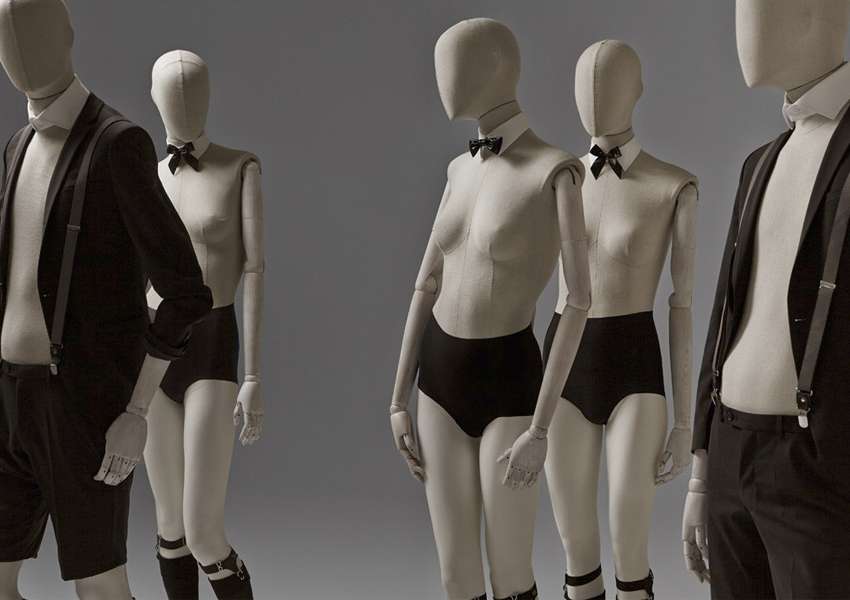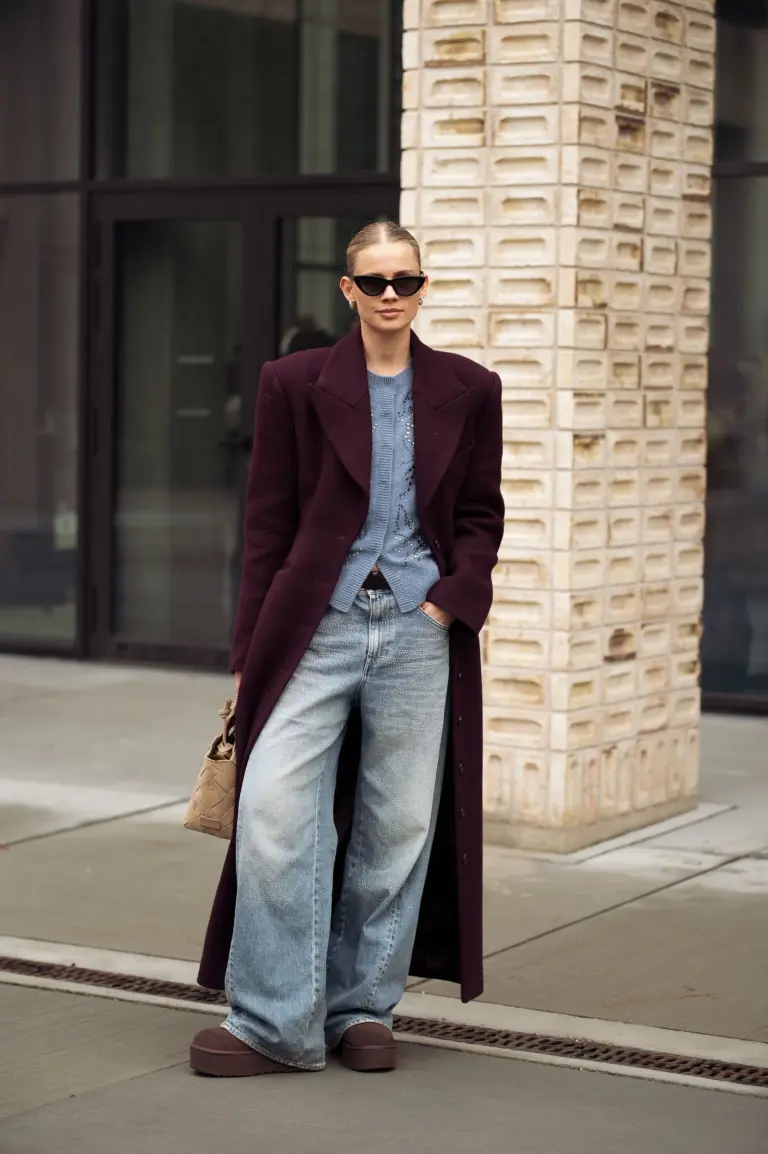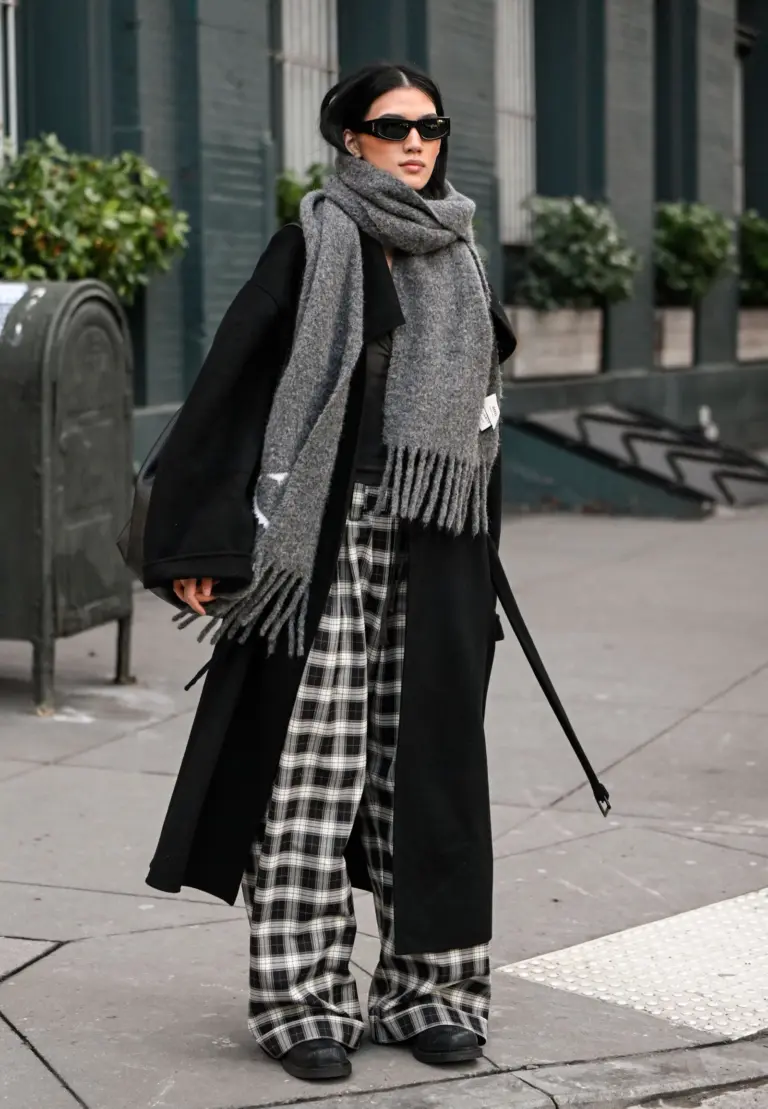A mannequin is one of the essential accessories for the tailor, designer, and clothes designer. Even if you still think you do well without a mannequin, don’t jump to conclusions. Try it once on a good mannequin and it will become a real friend and helper. A mannequin is indispensable for creating clothes for yourself, for working with the nail method, and a must for those new to design and modeling.
Despite the fact that in classic design we build patterns on a flat surface, it should never be forgotten that the result will be a garment on the human figure.
So start equipping your creative workspace by selecting a mаnnequin. In this article, we’ll tell you what to look for when choosing a mаnnequin.
You need to know the basics of designing and modeling your clothes to create a perfect fit. A dressmaker’s mаnnequin will help in the sewing process and can also be used to adjust your clothes.
The history of the mannequin

A mannequin is a product that imitates the shape of a human figure. At the beginning of the XVII century, special dolls were used in shops to demonstrate outfits. And in the XVIII century started their mass production of wood or papier-mache. With the development of technology, it became possible to make mannequins from lightweight and durable materials such as polyurethane and polystyrene. Today, before choosing a mannequin, it is first necessary to know what types are on sale, their advantages and disadvantages.
Types of mannequins
All mannequins can be divided into two main groups – demonstration and production. Demonstration mannequins mainly decorate shop windows and are mostly made of plastic, although non-standard solutions can also be found. Such mannequins can have an unusual pose or colouring, as it should attract the attention of the buyer. Production mannequins are used in the field of professional tailoring. Such mannequins will have a clear static form and obligatory textile cover for pins piercing. So, to know which mannequin to choose, you need to understand the purpose for which you need it.
The main characteristics of a tailor’s mаnnequin are softness and rigidity. A soft mannequin is easy to prick with pins and is needed to create clothes using the moulage method. Soft mannequins, often made of papier-mache or fibreglass, are very hard and therefore suitable for wet-heat treatment.
The sliding mannequin is especially popular with sewing enthusiasts. Its advantage is that it can be adjusted to the right size. But it cannot be called a professional mannequin, it is often used at home or in small ateliers. The sliding mannequin has size adjusters, which are not very convenient to work with, especially in the ribbon method. This sliding mechanism can quickly fail, so it is better to choose a non-sliding mannequin of the most suitable size and increase its size with overlays. The main pros of it is that it can be either plus-size mannequin or mini-size.
Mannequin selection criteria
- The standard of workmanship.
- Conformity of dimensions and standard measurements.
- Quality of materials and stability of the rack.
Mannequin standards differ from manufacturer to manufacturer. Cheaper counterparts of the same model and size may differ considerably. A professional mannequin at a higher cost exactly meets all the necessary parameters, which means that the fit of the clothes will also be good.
Be sure to pay attention to the mannequin shape: cheap mannequins have a conventional outline that remotely resembles the curves of the body. Higher-quality variants repeat the body shape – abdomen, chest, shoulders, back – because the appearance and fit of the clothes greatly depend on it. If, for instance, a mannequin has a slouching back, almost all products will have a sagging back.
Matching mannequin sizes to standard measurements
It is important for a mannequin to measure the bust, waist and hips to match the standard measurements of a particular size. Also pay attention to the side height, the length of the shelf and back to the waist. In short, when choosing a mannequin, you should first take all the measurements you need for the job. The best option is to write down all the measurements and measure the mannequin in the shop. It happens, for example, that the circumference may be the same and the side height is less than 15 cm. With such a model, it is impossible to create things that fit properly.
The shape of the backrest is also particularly important. It should never resemble a “hump” and its width should never be greater than the standard measure. If you wish, it is easy to add extra volume with overlays, but the excess width and length of the backrest cannot be removed. Therefore, all garments created with this mannequin will repeat the same defect. The same applies to the width of the chest – the measurement must comply with the standard.
The shoulders also vary from manufacturer to manufacturer. In the CIS, models that indicated either only the beginning of the shoulder joint or the whole shoulder were popular. The European models differ in that they end at the shoulder joint. It is much more comfortable to work with such a shoulder, because if you want, you can purchase a moulting arm separately, which will greatly facilitate the work and improve the fit of products with a sleeve.
Before buying, it is worth taking all the necessary measurements so that you can measure the mannequin in-store to make sure it is the right one for you.
Quality of materials and stability of the rack
The more expensive models have a tight fit around the mannequin itself, sometimes with a tight fit. The degree of tightness has a strong effect on the working process. The tighter the fit, the more accurate the markings on the cover. In a good model, the tightness is fixed at several points – at the side seams, under the breasts, buttocks and shoulder seams. If the base is not tightly covered, the markings will shift. Pay attention to the quality of the covering material: inexpensive covers are usually made of knitwear that is prone to getting wet, shedding and getting dirty quickly. Expensive mannequins use a special wear-resistant fabric with special impregnation, which means that such a mannequin will last a long time and will not get dirty, even if it is made in a light colour.
Another important criterion is the quality of the stand on which the mannequin stands. The stand should be stable and should not collapse while working. Most racks are very light and have only three points of support, which makes them easy to drop. Four points of support make the mannequin as stable as possible and it is easy and pleasant to work: the mannequin does not fall and does not shift when pins are poked in.
A mannequin is one of the most important assistants for a tailor on a par with a sewing machine and scissors.
It is especially important to buy a quality mannequin at the beginning of your training: it will help you in your work and not create fit imperfections. A quality mannequin will be an invaluable aid when sewing and will also make you happy with the fit quality of all your garments.






